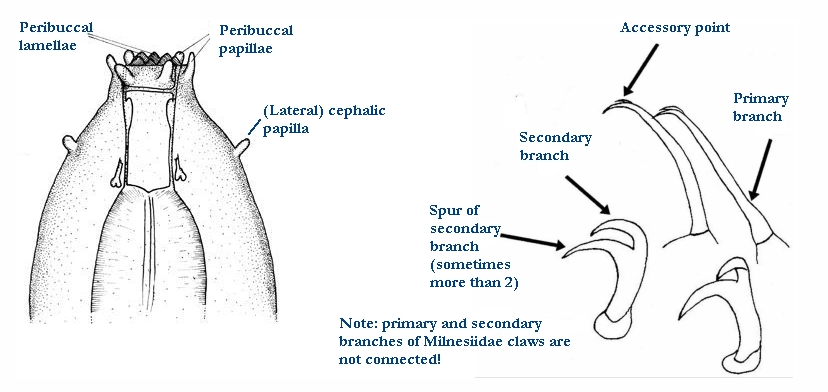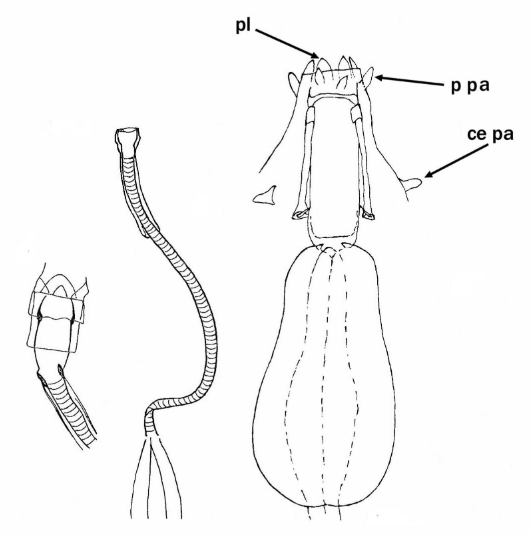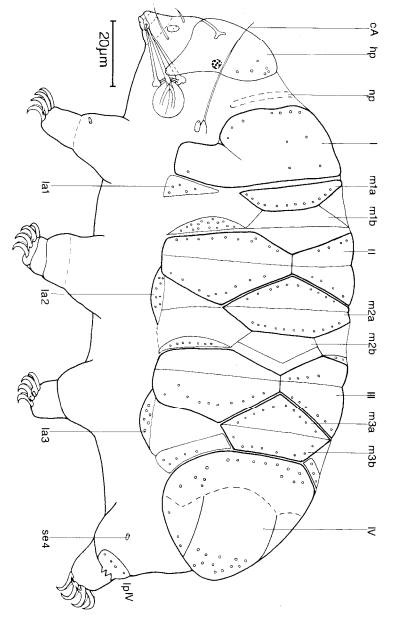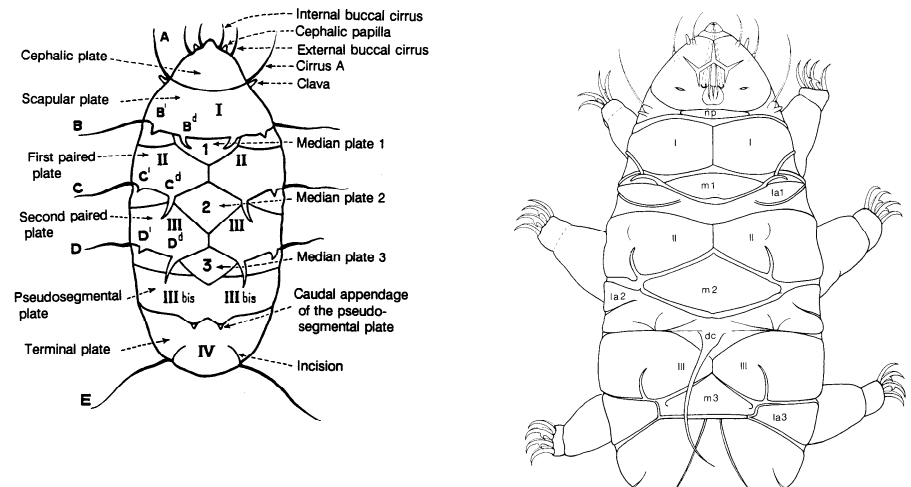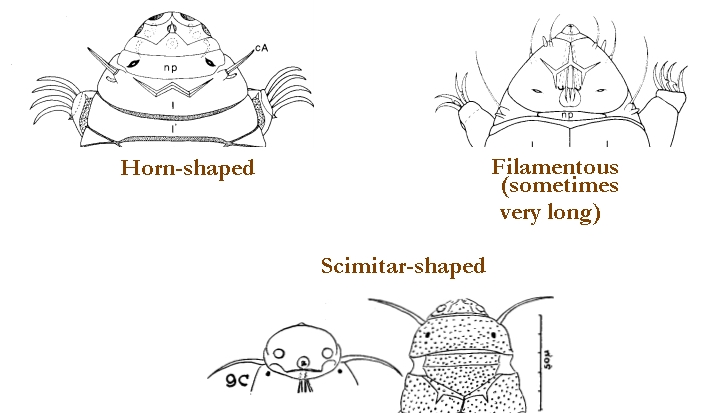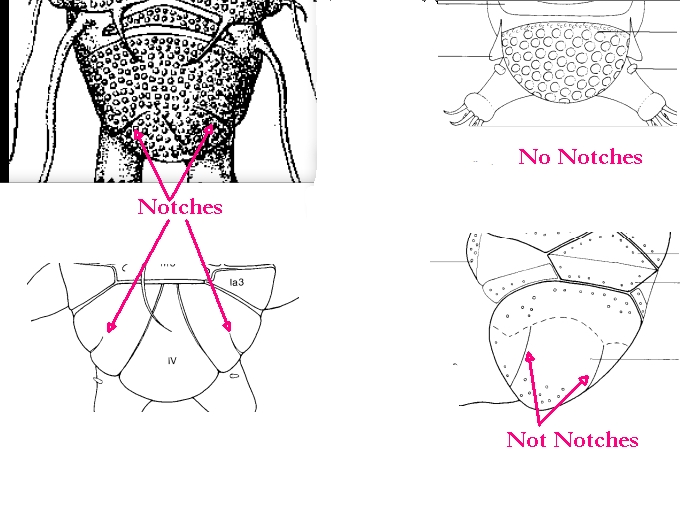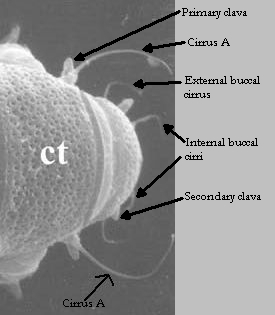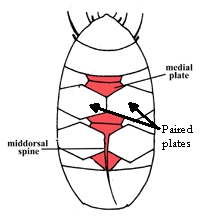Research
Research And Application
The incredible survival abilities of tardigrades have made them a subject of interest for researchers in fields such as astrobiology and biotechnology.
Scientists are studying the genes and proteins that allow tardigrades to survive extreme conditions, with the hope of developing new materials or technologies that can withstand similar stresses.
Tardigrades have also been used in medical research. Researchers have found that a protein called Dsup (for “damage suppressor“) that is found in tardigrades can protect human DNA from damage caused by radiation.
This discovery could have important implications for cancer treatment and radiation therapy.
Tardigrades are truly remarkable creatures that have captured the imaginations of scientists and the public alike.
Their ability to survive in extreme conditions has made them a subject of research and study, and their unique adaptations could inspire new technologies and materials that could benefit humans in a variety of ways.
Whether you call them water bears, moss piglets, or tardigrades, these tiny animals are a testament to the incredible resilience of life on Earth.




